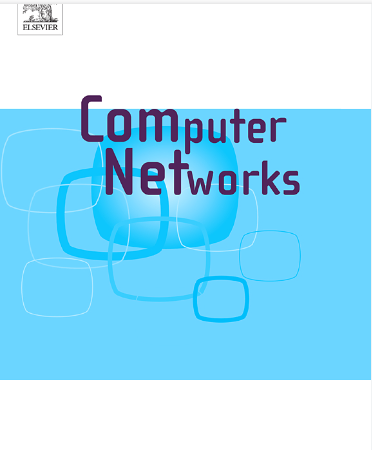DRAFTEE: A self-adaptive framework for BFT-based consensus to meet fluctuating throughput demands under security constraint
IF 4.4
2区 计算机科学
Q1 COMPUTER SCIENCE, HARDWARE & ARCHITECTURE
引用次数: 0
Abstract
Byzantine Fault Tolerance (BFT) consensus protocols are known not to scale to a number of participants as large as mainstream public blockchain solutions. This is due to the way transactions are validated, which is performed by a leader that acts as a bottleneck and cause performance limitations. In BFT-based blockchain systems, a significant challenge involves effectively managing the trade-off between security and throughput performance. This trade-off suggests that while a higher number of validators enhances system security, it also diminishes throughput performance, and vice versa. Traditionally, blockchain systems fix the number of validators during the design phase, which lacks flexibility in adjusting the validator pool in real-time to optimize the aforementioned trade-off. This article presents DRAFTEE, a self-adaptive framework for BFT-based consensus designed to continuously regulate the validator pool to meet transaction throughput demands while upholding security requirements. DRAFTEE’s control mechanism involves determining the optimum number of validators at any given time and selecting the most suitable nodes to minimize network latency, while meeting the users’ (transaction) demand. DRAFTEE is implemented and experimentally evaluated (through simulation and Grid5000). The results demonstrate significantly improved performance, equivalent to double the previous maximum throughput demand with same number of validators. Moreover, the implementation allows for a remarkable increase, up to 250%, in the number of validators maintaining equivalent service quality. This optimization allows to increase the minimal number of validators, while preserving throughput demand.
DRAFTEE:基于bft的共识的自适应框架,以满足安全约束下波动的吞吐量需求
众所周知,拜占庭容错(BFT)共识协议不能像主流公共区块链解决方案那样扩展到大量参与者。这是由于事务的验证方式造成的,该验证方式由充当瓶颈的leader执行,并导致性能限制。在基于bft的区块链系统中,一个重要的挑战涉及有效地管理安全性和吞吐量性能之间的权衡。这种权衡表明,虽然更多的验证器可以增强系统安全性,但也会降低吞吐量性能,反之亦然。传统上,区块链系统在设计阶段固定验证器的数量,这在实时调整验证器池以优化上述权衡方面缺乏灵活性。本文介绍了DRAFTEE,这是一个基于bft共识的自适应框架,旨在持续调节验证器池,以满足交易吞吐量需求,同时维护安全要求。DRAFTEE的控制机制包括在任何给定时间确定验证器的最佳数量,并选择最合适的节点以最小化网络延迟,同时满足用户(交易)需求。DRAFTEE的实现和实验评估(通过模拟和Grid5000)。结果表明,性能得到了显著改善,在使用相同数量的验证器时,相当于以前最大吞吐量需求的两倍。此外,该实现允许保持相同服务质量的验证器数量显著增加,最高可达250%。这种优化允许增加验证器的最小数量,同时保持吞吐量需求。
本文章由计算机程序翻译,如有差异,请以英文原文为准。
求助全文
约1分钟内获得全文
求助全文
来源期刊

Computer Networks
工程技术-电信学
CiteScore
10.80
自引率
3.60%
发文量
434
审稿时长
8.6 months
期刊介绍:
Computer Networks is an international, archival journal providing a publication vehicle for complete coverage of all topics of interest to those involved in the computer communications networking area. The audience includes researchers, managers and operators of networks as well as designers and implementors. The Editorial Board will consider any material for publication that is of interest to those groups.
 求助内容:
求助内容: 应助结果提醒方式:
应助结果提醒方式:


